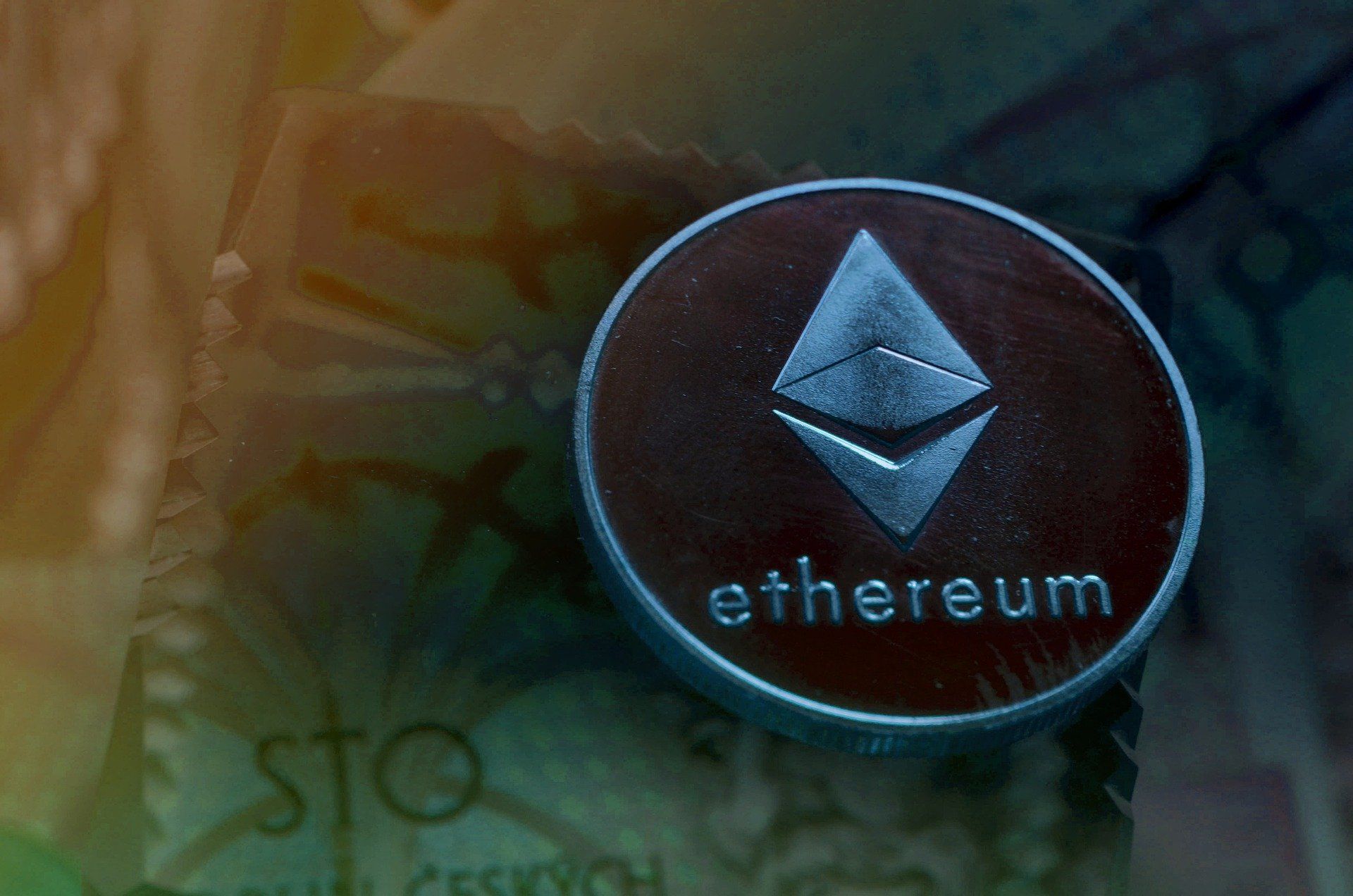
[ad_1]

Ethereum is the de-facto “app store” for blockchain projects. While its cryptocurrency (ETH) is number two to Bitcoin, it is the most actively used blockchain globally. Ethereum allows developers to build and operate decentralized applications. But that hasn’t dissuaded Binance from entering the fray.
Binance Smart Chain (BSC) is an extension of the Binance Chain launched in 2019. Unlike Binance Chain, BSC includes smart contract functionality and compatibility with the Ethereum Virtual Machine (EVM). Binance claims it maintains the high throughput of the Binance Chain while introducing smart contracts into its ecosystem.
Because BSC is EVM-compatible, it supports the existing universe of Ethereum tools and DApps. In theory, this makes it easy for developers to port their projects over from Ethereum.
PumaPay – a cryptocurrency payment solution – has announced that its latest version (v3.0) moves its operations from Ethereum to BSC. It is the first crypto payment solution to do so.
The move to BSC includes introducing a bridge between the two networks, enabling a more comprehensive set of tokens and cryptocurrencies for payments, and opening new liquidity pools with automatic swaps.
So why would PumaPay make this move? According to the company, Ethereum has become unscalable for many developers. PumaPay cites soaring gas fees and a slow block processing rate a some of the reasons its services have become untenable on the Ethereum network.
“Over the last year, gas prices on Ethereum have been on an upward trajectory,” Yoav Dror, cofounder and CEO at PumaPay, told me. “Much of this is due to the finite block space and steadily increasing volume of on-chain activity. Unfortunately, this constant increase undermined the value proposition we sought to offer merchants.”
That makes sense, given that if the blockchain industry is going to push crypto payment systems to the mainstream, they simply can’t be either expensive or slow.
“Without being able to support cost-efficient payment processing, PumaPay became somewhat of a moot choice for our merchants,” Dror said. “After all, they had to pay $10-$15 worth of gas fees per transaction. This was and is highly inefficient. What’s more, Ethereum is very congested, so it takes a lot of time to confirm a transaction. High fees and slow transaction times are the exact opposite of what PumaPay is trying to achieve.”
Of course, Ethereum is as popular as it is not only because of the relative ease-of-development, but the length of time it has been available. Is PumaPay not concerned about the relative youth of BSC in comparison?
“Even though it is young, it is trusted by many dApp developers,” Dror said. “It does not take an expert to see that there have already been loads of successful decentralized applications deployed to BSC. On top of that, it is backed by industry giant – Binance. Put simply, we have confidence.”
BSC certainly has some attractive qualities. It supports cross-chain transfers and allows for the creation of ‘pegged coins.’ These are tokens pegged to the BSC chain, including BTC, ETH, TRX, and more. Pegged coins operate as BEP-20 tokens on Binance Smart Chain, similar to Ethereum’s ERC-20 tokens.
With around a 5 second block time, BSC enables high-speed transactions that only cost network participants a few cents. It also combines both delegated proof-of-stake (PoS) and proof-of-authority (PoA) mechanisms to achieve network consensus and maintain blockchain security. PoA is known for its capacity to thwart 51% attacks and its tolerance for Byzantine attacks.
Between its September 2020 launch and the beginning of February 2021, the number of daily unique active wallets reached an impressive 50,000, and its total transaction volume had reached $15 billion by January 2021.
Admitting its service had become untenable is a bold move for PumaPay, and the move to BSC will be interesting to watch. On paper, it seems like a solid approach, despite the recency of BSC in the industry. Dror certainly seems confident in the move.
“PumaPay has come back with full force,” Dror said. “Our plans for the upcoming months include complete decentralization, simplified onboarding, plugins for popular e-commerce solutions, and many more integrations. Our team has never been more confident, and we’re excited about everything we have in store.”
Tags
Create your free account to unlock your custom reading experience.
[ad_2]
Source link